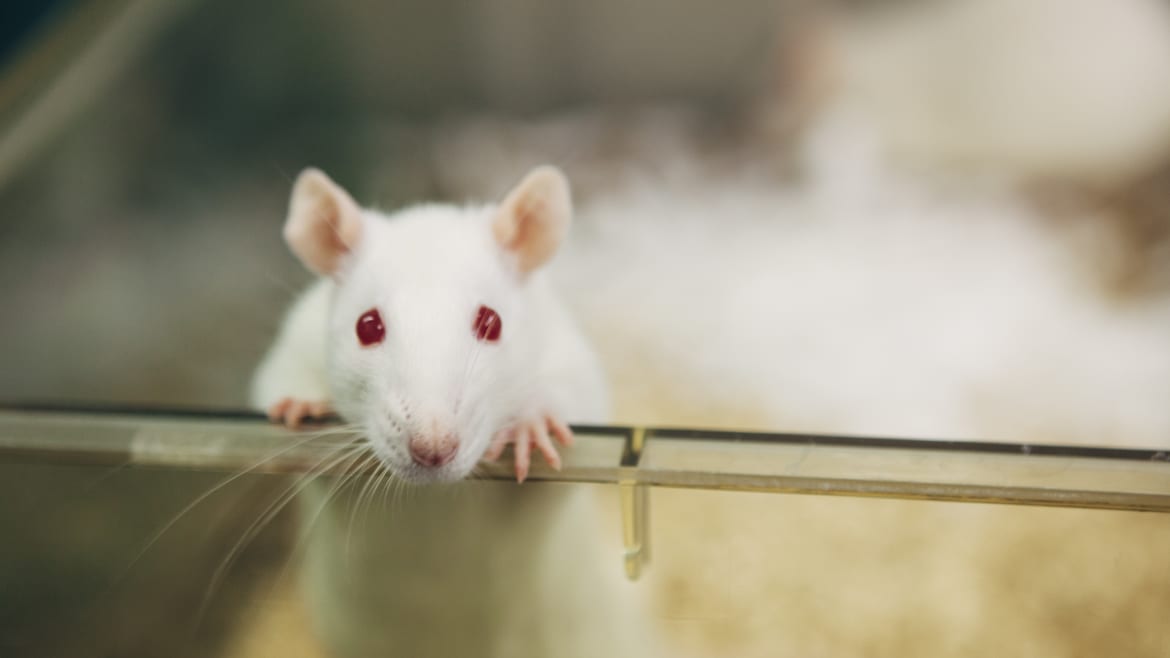fotografixx via Getty
By transplanting a clump of human brain cells into newborn rats, Stanford University scientists demonstrated that neurons from different species can form connections with one another in a single organism. Their finding lays out a new laboratory model for neuroscience, opening doors for research that seeks to understand the human brain and the underpinnings of neurological conditions.
Currently, when researchers wish to experiment on human brain cells, they create organoids, which are small, self-assembling groups of stem cells that come from adult donors. Brain organoids can grow on petri dishes and then form into three-dimensional aggregates of cells and tissue that exhibit some (though not all) stages of normal development. They can be used to study some key functions of an organ, but there are limitations; the neurons in brain organoids, for example, don’t grow as large or make as many connections as those in a human brain do, even when given ample time to develop.
Since 2015, Stanford neuroscientist Sergiu Pasca has been working on xenotransplanting these organoids into rats to study psychiatric diseases and other neurological disorders. He’s finally hit on a breakthrough, and the results from his successful experiment were published on Wednesday in the journal Nature.
Got a tip? Send it to The Daily Beast here

